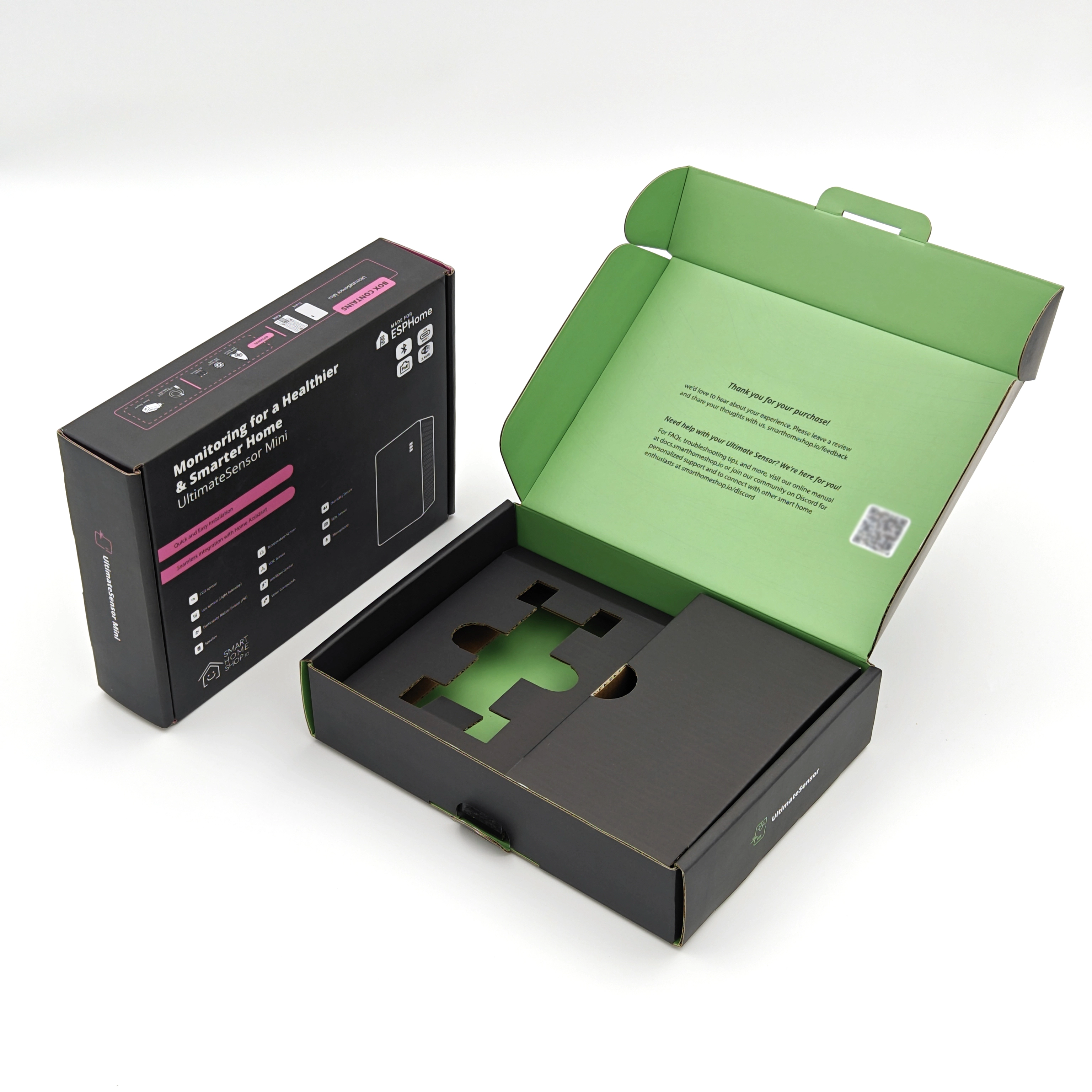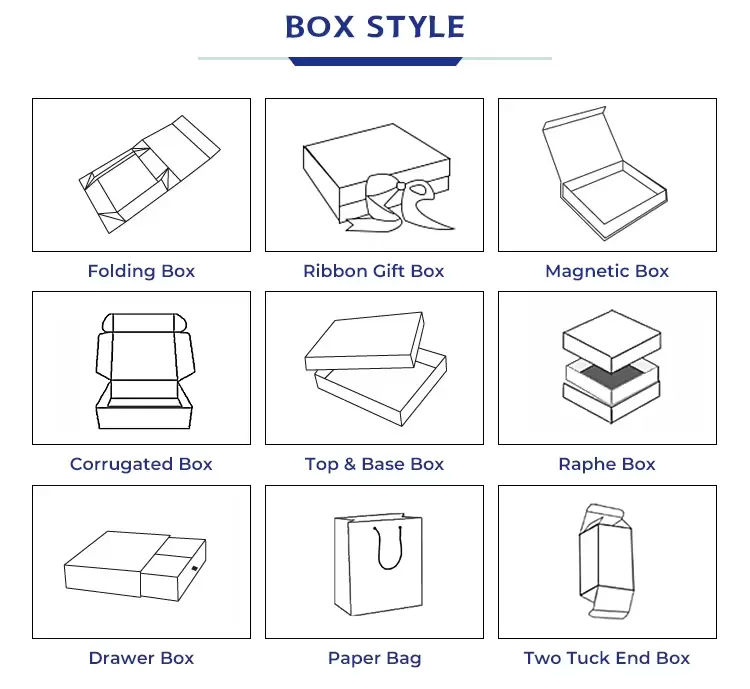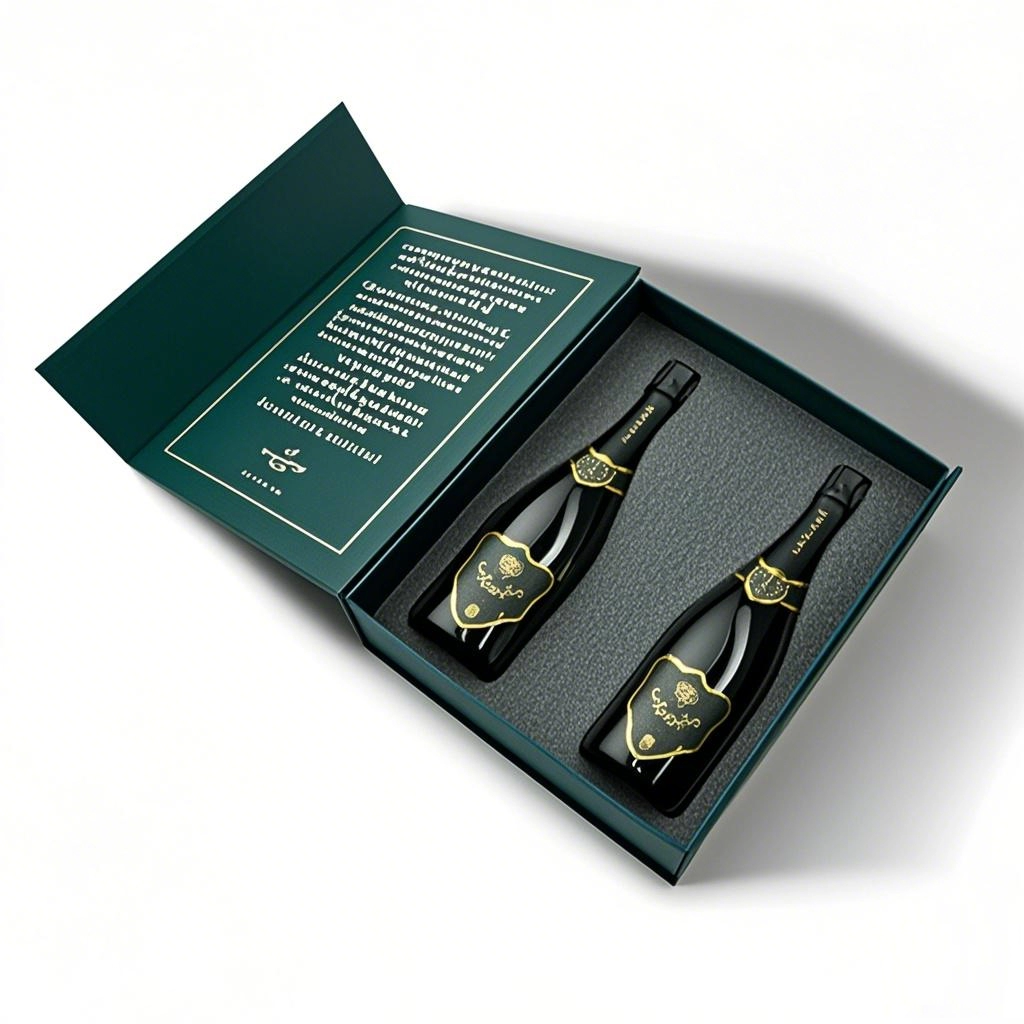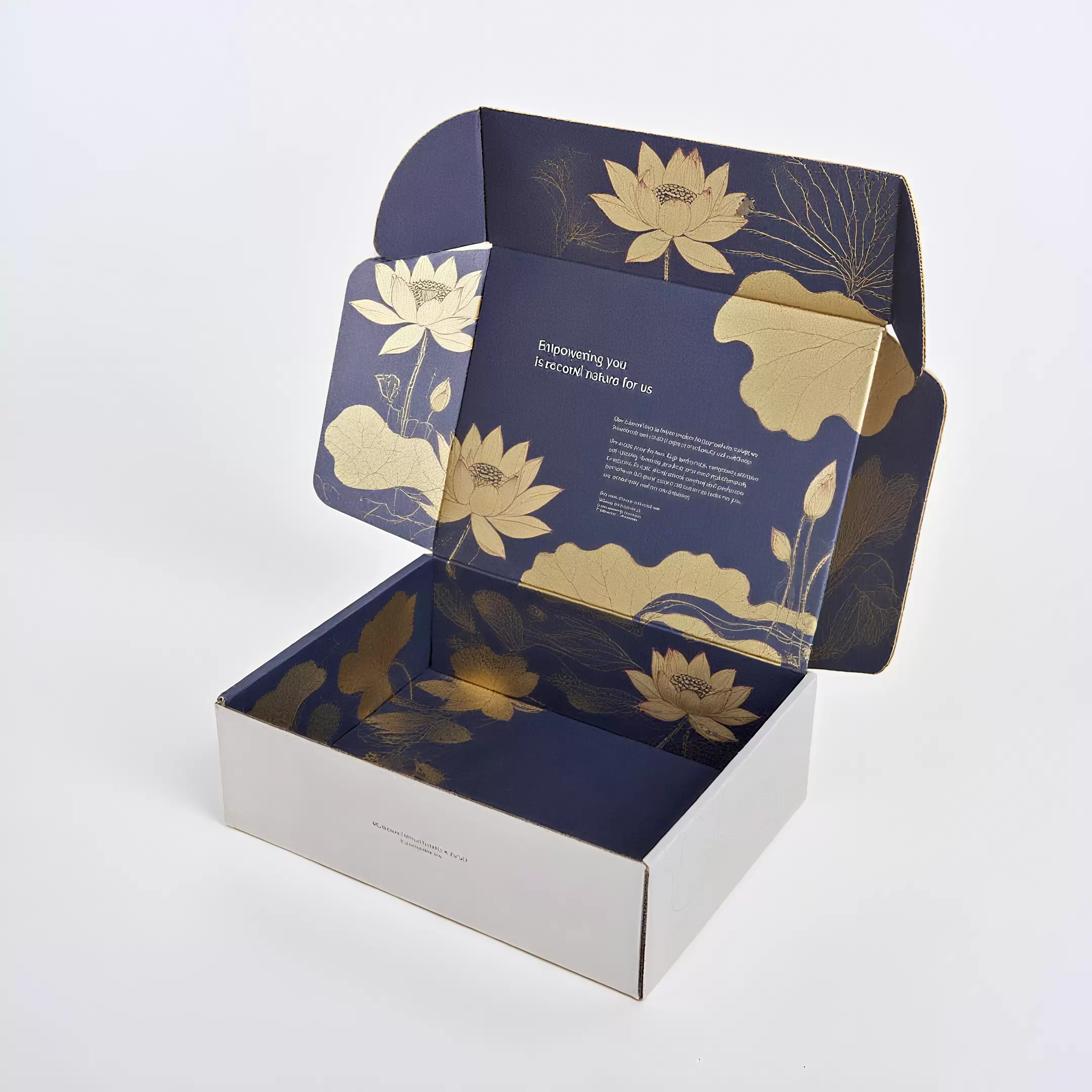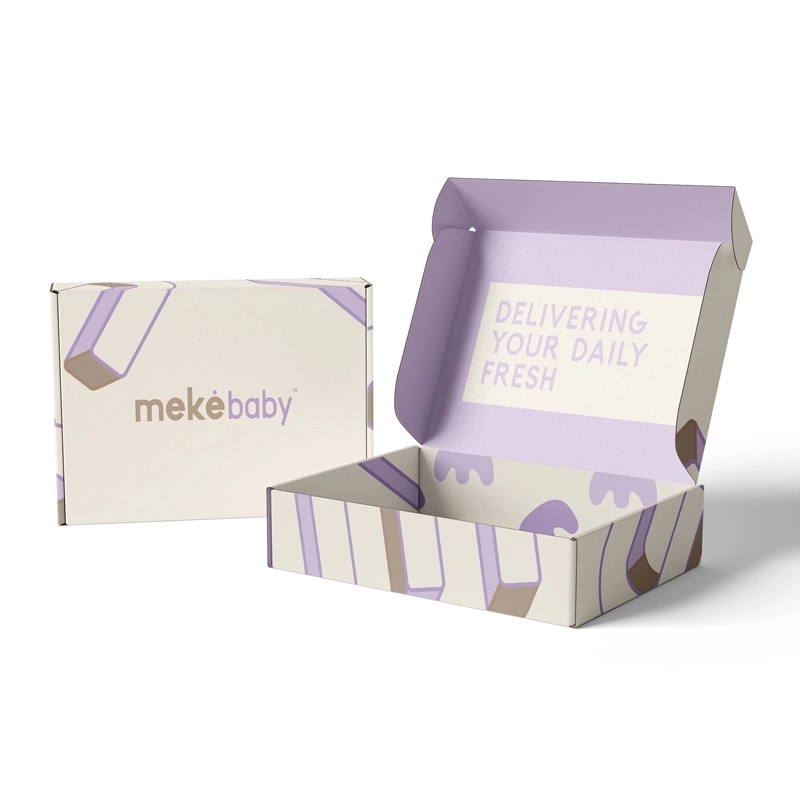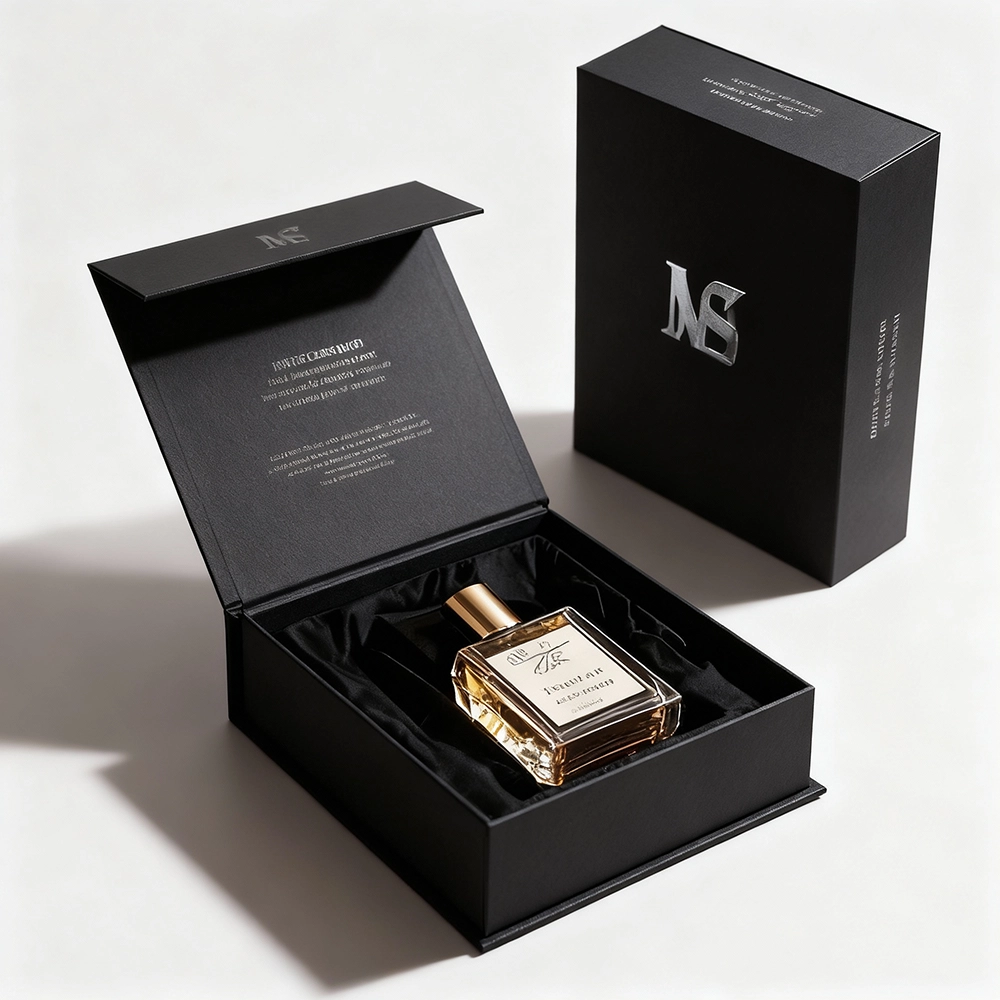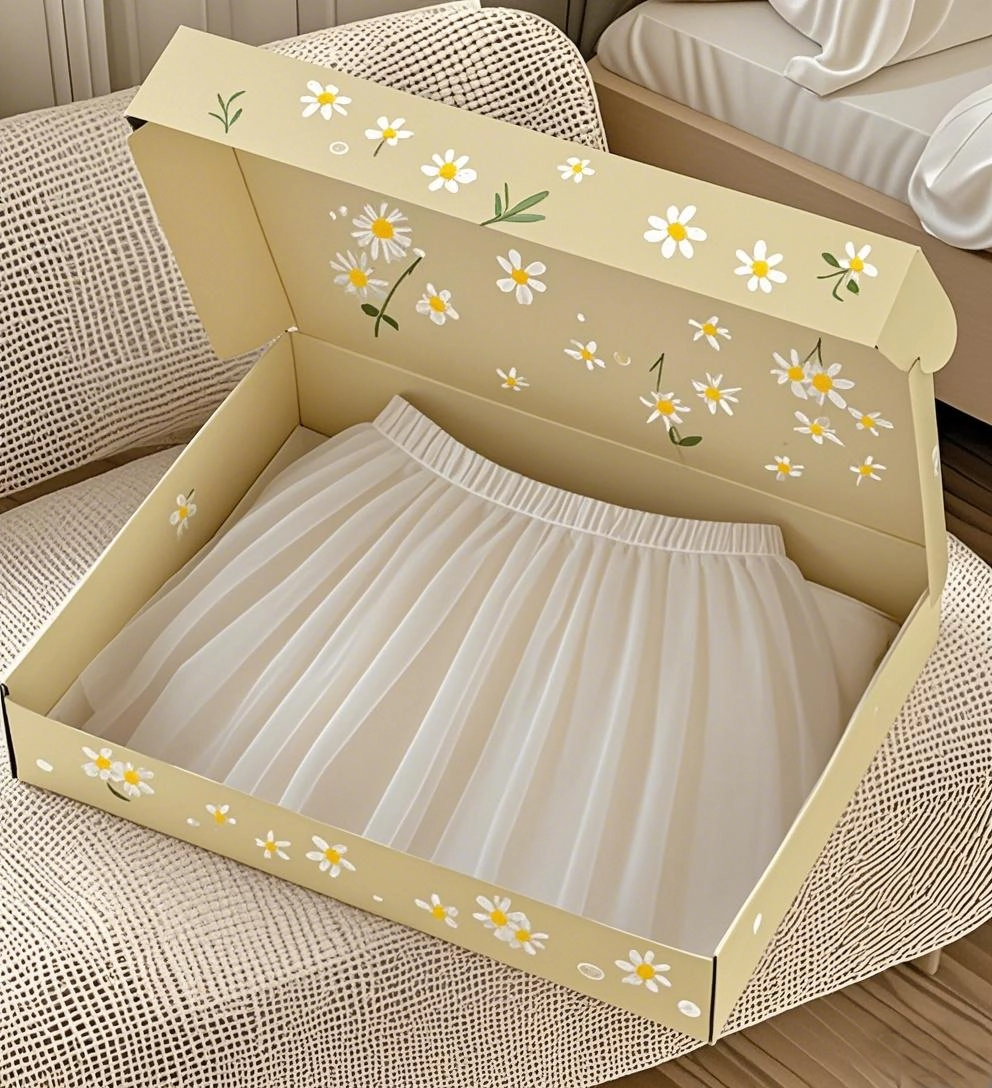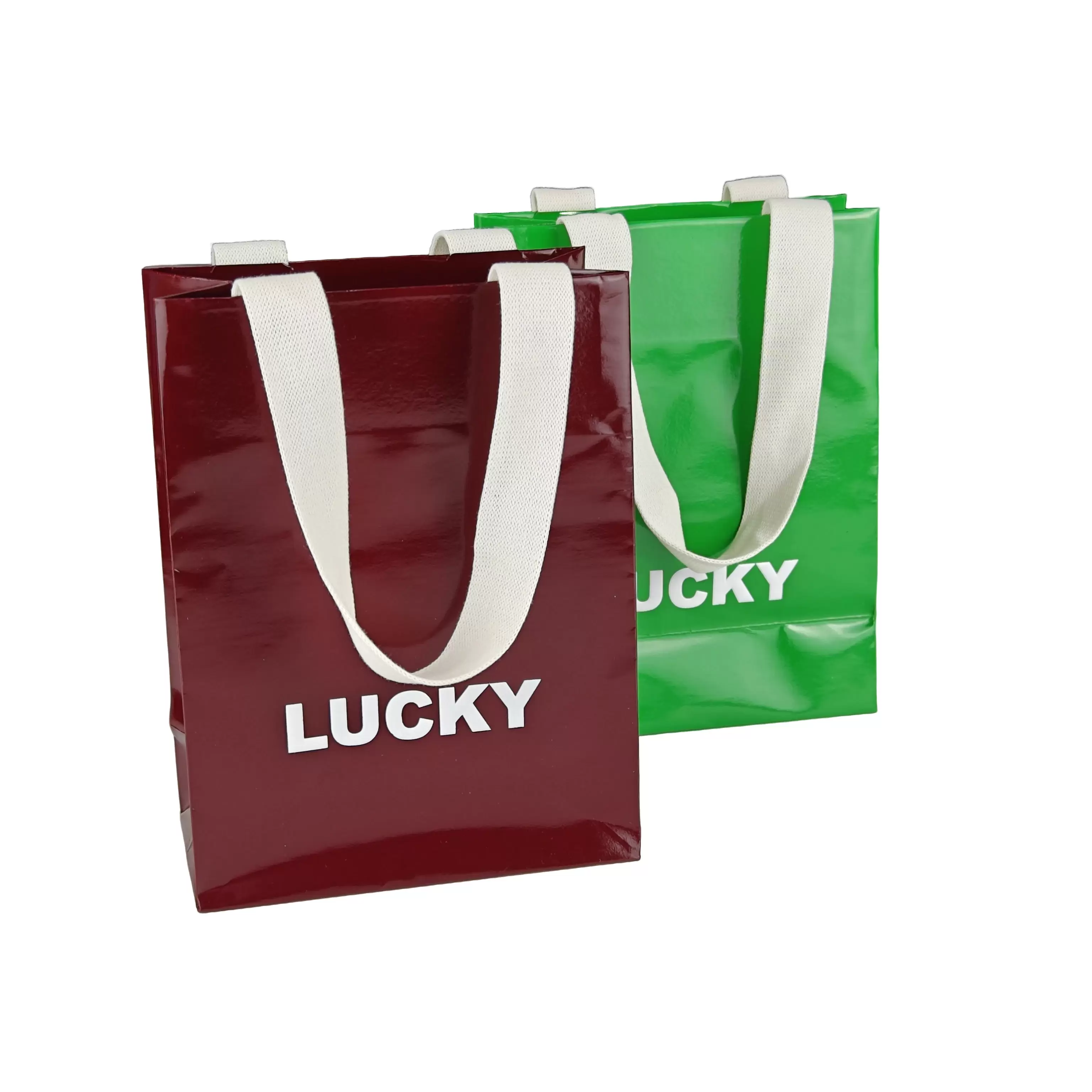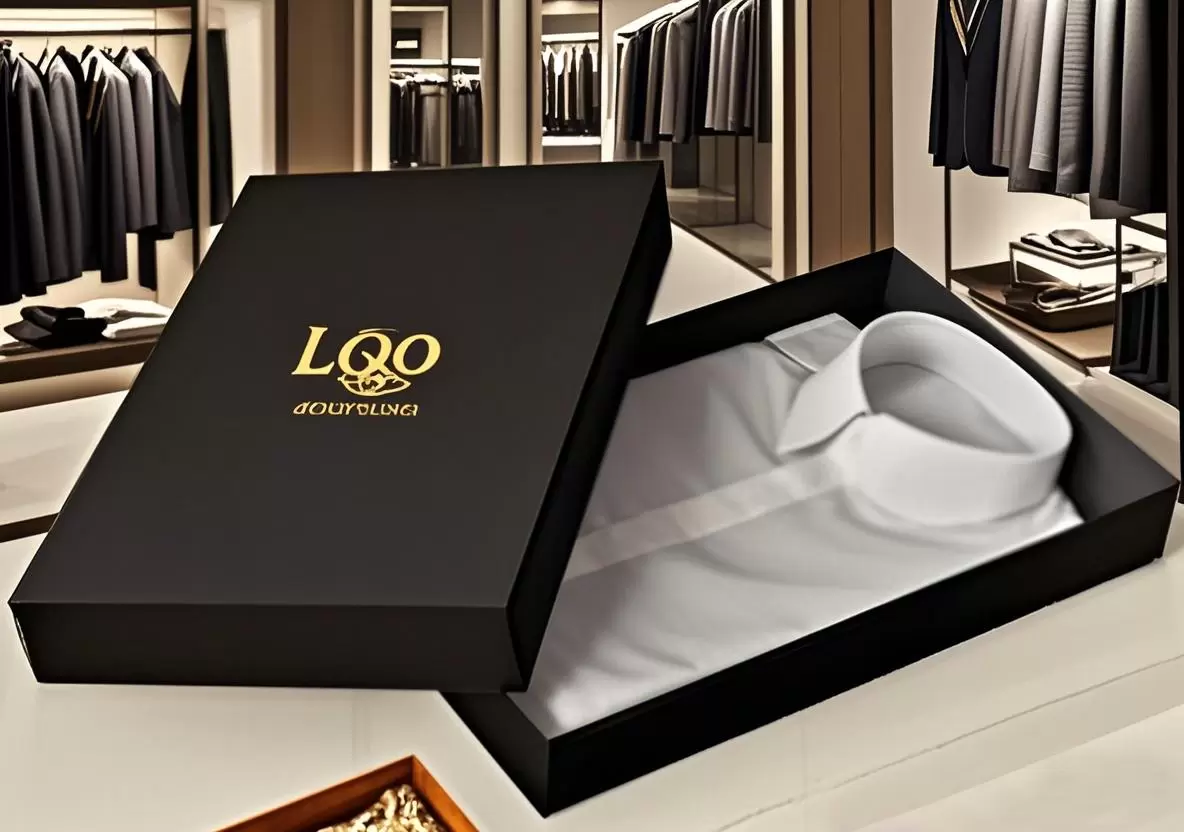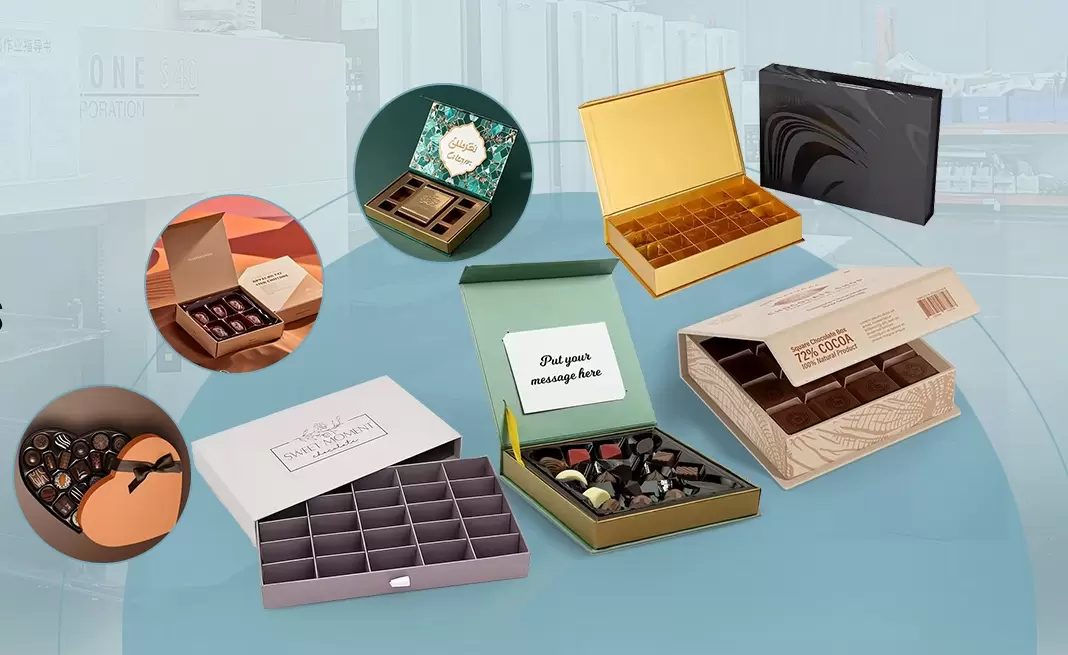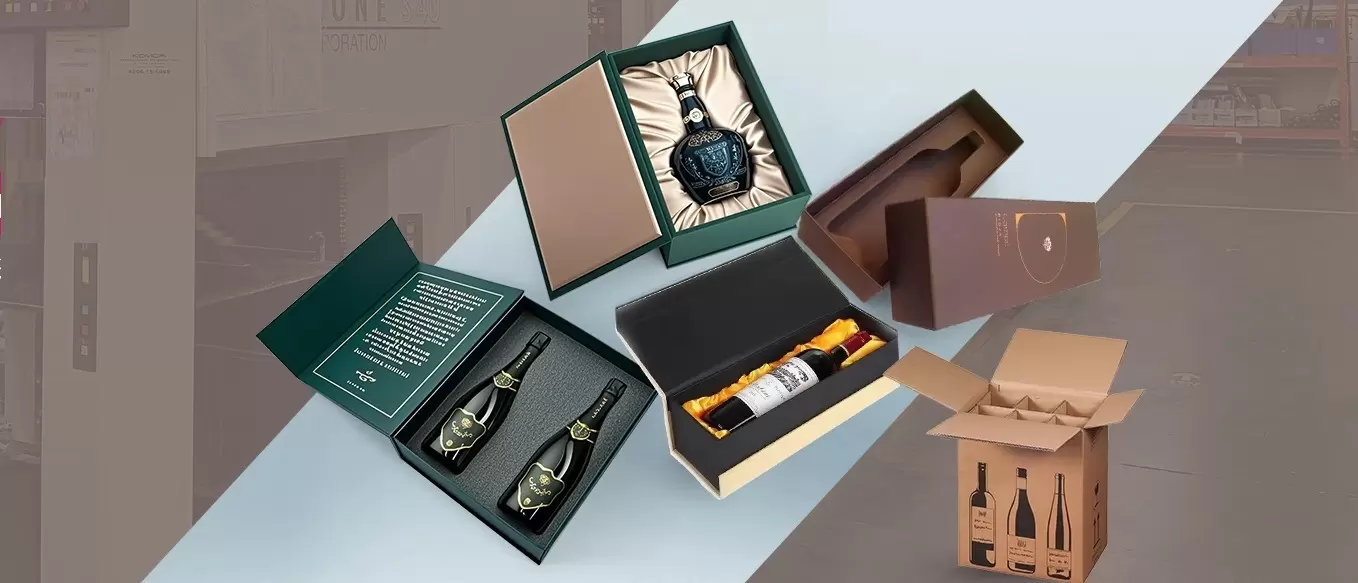
With the increasing frequency of logistics and transportation, the safe arrival of fragile items is a major test of packaging technology. From precious artworks to daily glassware, every fragile item carries value and expectations, and professional packaging is the key line of defense to protect them intact.
How to pack fragile items for transportation: scientific steps and environmentally friendly practices
I. Core Packaging Steps and Key Points
1. Choose the right carton size
The side length of the carton needs to be 5-10 cm larger than the item, leaving buffer space; if the item is too large (such as home appliances), it is preferred to use customized wooden boxes or thickened corrugated boxes to avoid the box being too tight to squeeze the item or too loose to cause shaking.
Example: When packing a red wine bottle, choose a carton with an internal size 8 cm larger than the bottle body to ensure that there is enough filling space around it.
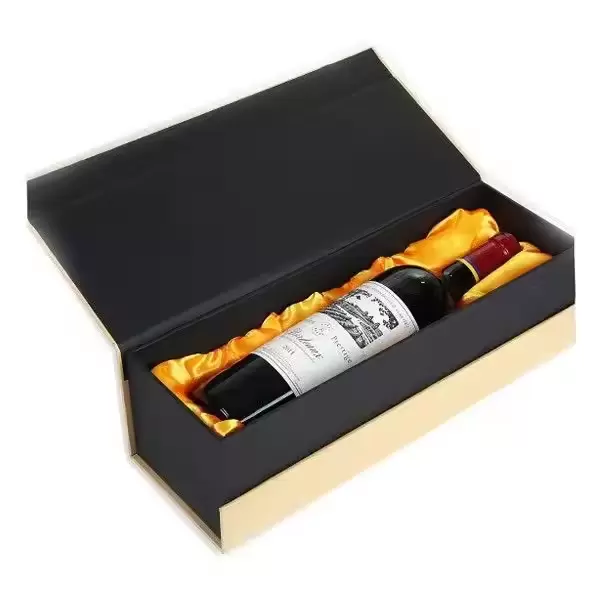
2. Control weight and avoid overloading
The weight of a single carton should not exceed 30 kg. Heavy items (such as ceramic ornaments) and light items (such as glasses) should be packed separately. If multiple fragile items are transported, they can be placed in layers according to weight, with heavy items placed at the bottom of the box and light items on top to balance the center of gravity.
3. Strengthen the bottom protection of the packaging box
Double-layer corrugated cardboard or 5 cm-thick foam board is laid on the bottom of the box. If the transportation route is bumpy, bubble film or pearl cotton can be added to the bottom to enhance the pressure resistance; use wide tape to stick the seams of the bottom of the box horizontally and vertically to prevent the bottom from breaking during transportation.
4. Fix items to prevent movement
Choice of cushioning materials
Choose materials with good elasticity and shockproof performance. Common types and applicable scenarios are as follows:
Bubble film: There is a bubble structure on the surface, which is suitable for wrapping small, fragile items (such as glasses and vases). The bubble layer can absorb vibration.
Foam board/foam block: It has a high hardness and is suitable for filling the gaps in the box, fixing the position of items, and preventing shaking (such as home appliances and ceramic ornaments).
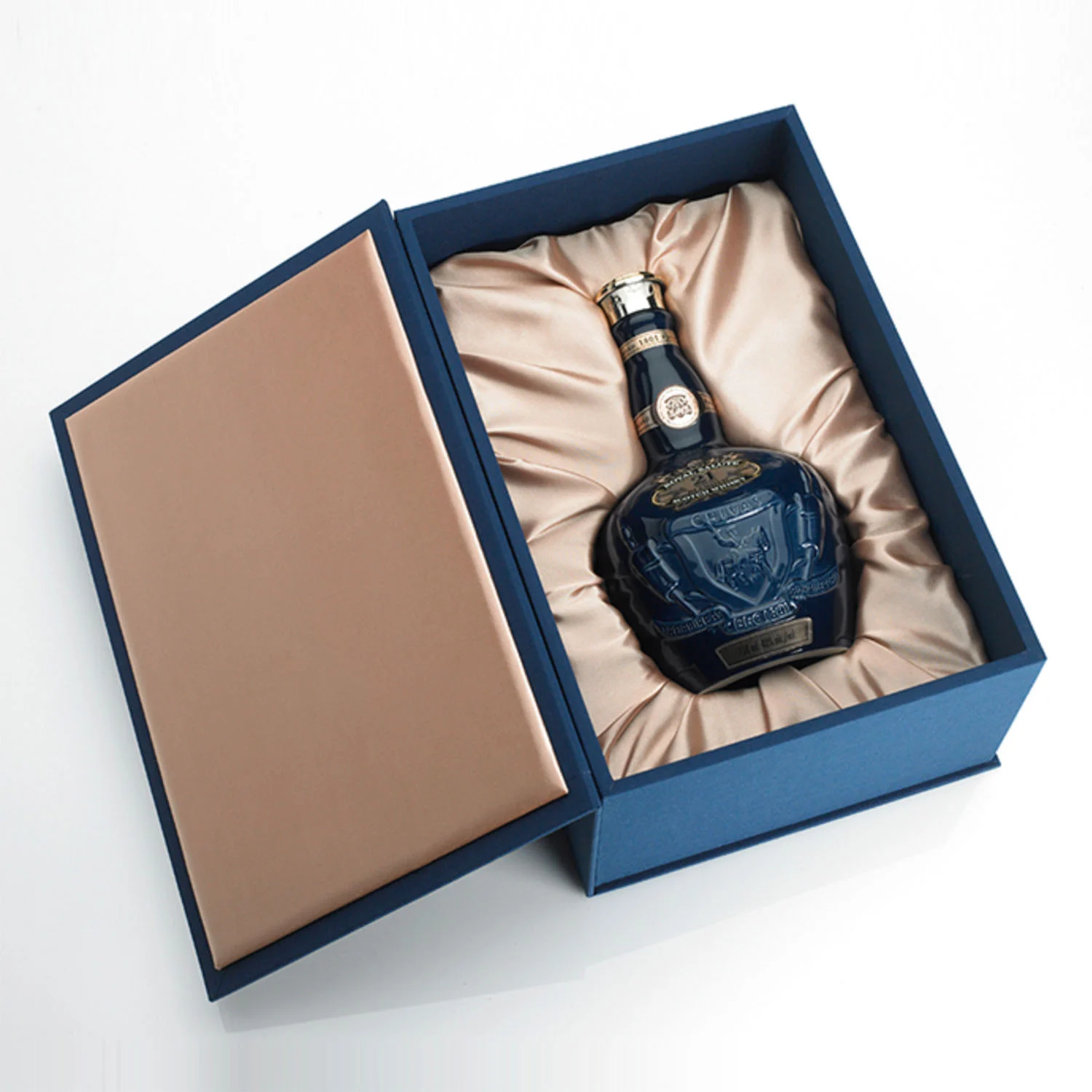
Pearl cotton: soft texture, strong cushioning, can wrap irregular items (such as lamps and sculptures), and avoid the collision of edges and corners.
Newspaper/Kraft paper: low cost, can be used to fill gaps or wrap the outer layer of items, suitable for mild shockproofing (such as tableware and small crafts).
Corrugated paper: multi-layer structure, high hardness, can be cut into corner guards and partitions, and protects the edges of items (such as photo frames and monitors).
Sponge/shockproof film: High-density sponge is suitable for precision instruments (such as cameras and clocks), and shockproof film can be wrapped around the surface of fragile items.
Single item wrapping: fully wrap with bubble film or pearl cotton, and wrap the fragile parts (such as porcelain handles and glass bottlenecks) with sponge separately, and then fix with tape; Irregular items (such as sculptures) need to be filled with foam blocks to ensure uniform surface buffering.
Packing and filling: fill the gaps in the box with environmentally friendly fillers (such as degradable cornstarch foam or old newspaper balls), and there is no space between the items and the box; multiple items are separated by corrugated paper partitions to avoid collision with each other.
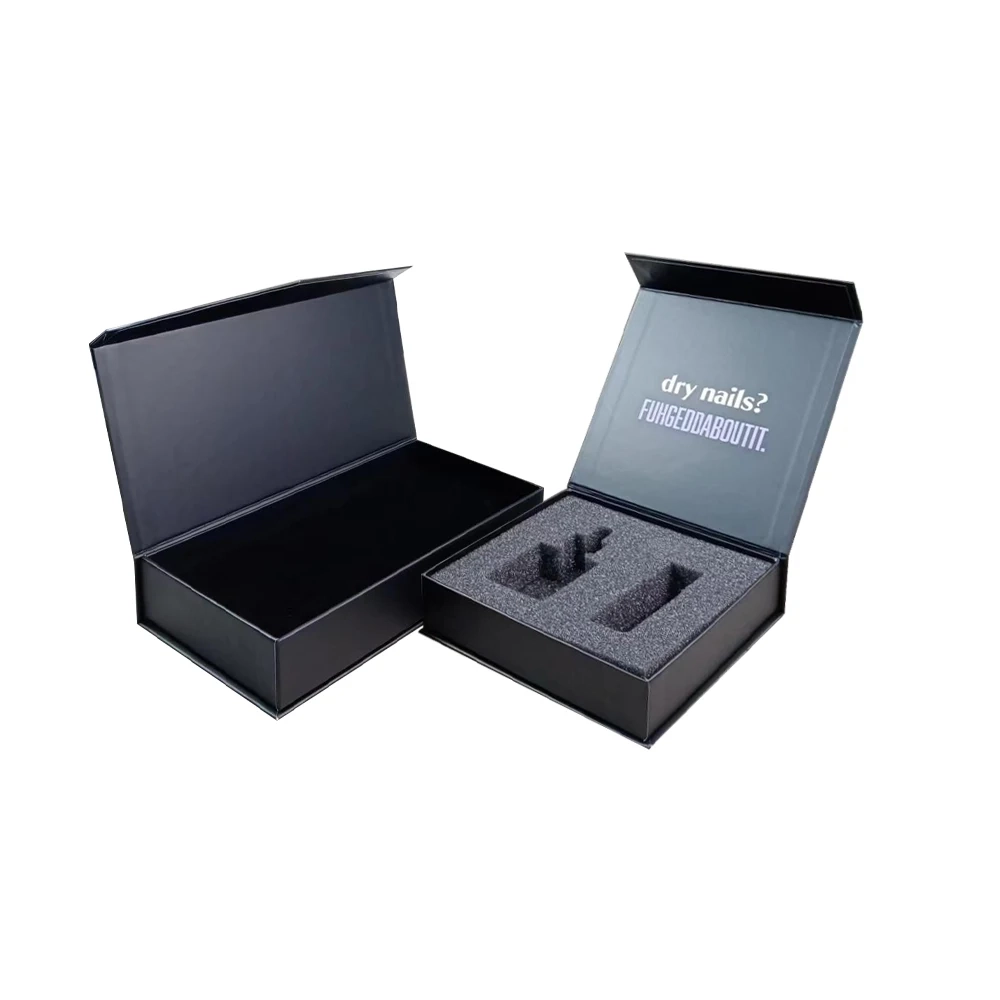
II. Detailed Explanation of Specific Packaging Steps
1. Wrapping of a Single Item
Step 1: Basic wrapping
Wrap the item completely with bubble film or pearl cotton to ensure that each surface has a buffer layer. For example, when wrapping a glass cup, wrap the mouth, bottom, and body of the cup, and fix the bubble film with tape to prevent looseness.
Step 2: Key reinforcement
For the fragile parts of the item (such as the mouth of a vase or the handle of a piece of porcelain ware), wrap it separately with foam blocks or sponges, and then wrap it with tape to prevent local damage.
Step 3: Outer layer protection
If the shape of the item is regular (such as boxed porcelain), you can put another layer of carton outside the packaging box, fill it with newspapers or foam particles in the middle, and avoid the outer carton from squeezing and directly contacting the item.
2. Packing and Filling
Choose a suitable carton. The carton must be sturdy and undamaged, and the size must be 5-10 cm larger than the item, leaving space for filling. If the item is too large, you can use a wooden box or a custom carton.
Bottom cushioning: Lay a 5-10 cm thick foam board or bubble film on the bottom of the box. If the transportation route is bumpy, it can be thickened to 15 cm.
Item placement: Put the wrapped items in the box to ensure that the position is fixed and avoid shaking. When multiple items are packed at the same time, they need to be separated by corrugated paper partitions to prevent collisions.
Gap filling: Fill the remaining space in the box with foam particles, newspaper balls, or bubble film. The filling amount is based on the inability of the items to move in the box. Insufficient filling can easily cause the items to shake and break, and overfilling may squeeze the items.
3. Sealing and Marking: Mark the Fragile Warning
Sealing: Use wide tape to seal the seams of the carton to ensure that the box is firm. If the carton is large, you can stick tape horizontally and vertically on the top and bottom to enhance the pressure resistance.
Paste warning labels: Paste fluorescent warning labels such as "Fragile," "Handle with Care," and "Upward" on all four sides of the carton. If the items are prohibited from being inverted (such as refrigerators and pianos), the placement direction must be marked with arrows; valuable items can be additionally marked with "Insured Transportation" to remind logistics personnel to focus on protection.
4. Drop Test to Verify Packaging Reliability
After packaging, simulate the transportation scenario for a simple test: Drop the carton from a height of 30 cm (on the bottom, side, and top once each), check whether the internal items are loose and whether the cushioning material is displaced. If problems are found, reinforce them in time.
III. Environmentally Friendly Packaging Skills in Special Scenarios
1. Fresh and Fragile Items (such as fruits and vegetables and eggs)
Wrap with degradable egg trays or mesh cushioning bags made of corn starch, cover with recycled corrugated paper boxes on the outside, and fill the box with wet newspapers to keep moisture, which is both shockproof and environmentally friendly.
2. Electronic Equipment (such as monitors and cameras)
Wrap with anti-static bubble film (recyclable), put in recycled pulp molded lining cartons, and wrap accessories separately with kraft paper to reduce plastic use.
3. Bulk Transportation Scenarios (such as e-commerce delivery)
Use "modular environmentally friendly packaging": use standardized recyclable plastic boxes with plant fiber buffer boards, use degradable ropes to fix items in the box, and recycle the box after each transportation to reduce packaging costs and environmental burdens.
IV. Inspection and precautions before transportation
1. Check the integrity of the package
Before sealing the box, confirm again whether the items are tightly wrapped, whether the buffer material is sufficient, and whether the box is damaged.
2. Weighing and marking
If the carton is too heavy (more than 30 kg), it can be divided into multiple boxes to avoid the box from breaking during transportation. Mark the name and quantity of the items on the outside of the box for easy verification.
3. Choose a reliable logistics company
give priority to logistics companies that provide "fragile insurance" services, and confirm their packaging specifications and transportation insurance policies before transportation to reduce the risk of loss.
Weather protection: If there may be rain or snow during transportation, you can put another layer of waterproof plastic bag on the outside of the carton to prevent the carton from getting damp and softening.
V. Eco-friendly Packaging for Fragile Items
Here are our sustainable packaging recommendations for fragile shipping.
Custom Recycled boxes
Custom boxes are ideal for shipping fragile items. By choosing the size, style, and other specifications of your box, you can ensure your package is just the right size, not too big or too small. Made from 100% recycled materials, our custom boxes come in eight different styles with varying strengths and thicknesses.
Custom Shipping Mailer boxes
Custom shipping mailer boxes are a great choice when shipping fragile items.
By choosing your box size, style, and other specifications, you can ensure that you offer a Goldilocks fit that is not too big or too small.
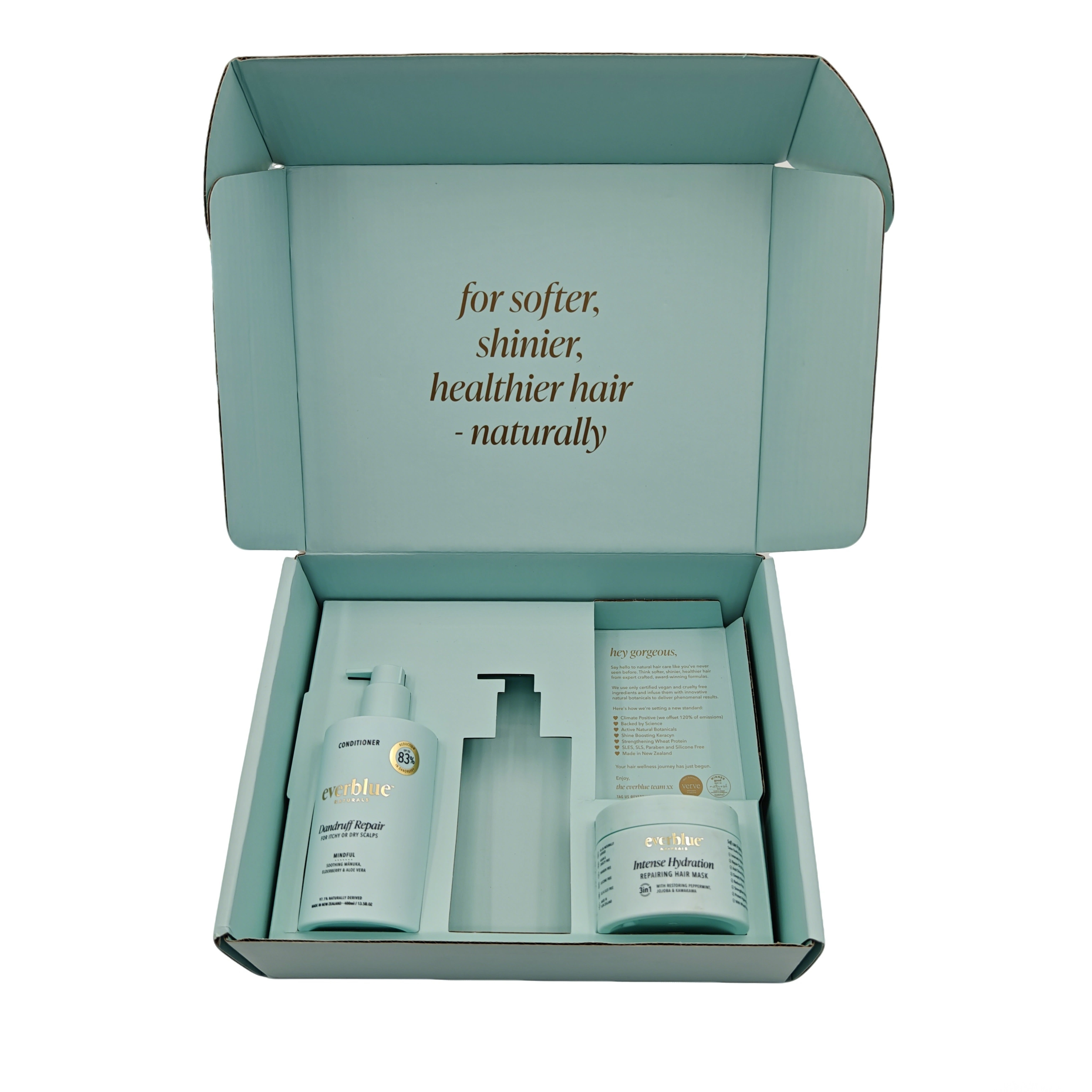
Customize Magnetic Packaging Boxes
With over three decades of combined experience in the packaging printing industry, we can customize magnetic packaging boxes in a wide range of styles and sizes. Our custom boxes with magnetic closures can be tailored to any product size, shape, or style. The magnetic closure mechanism adds a touch of sophistication, giving your customers a memorable unboxing experience. Designed with both beauty and practicality in mind, these boxes are easy to assemble and provide a secure closure.
Custom Rigid Drawer Boxes
Our rigid drawer boxes are more than just products; they are the result of years of research, innovation, and commitment to quality. When you choose to customize our rigid drawer boxes, you are getting more than just a box; you are working with a team that is well-versed in the art and science of packaging. We have a state-of-the-art production facility and a passion for creating packaging that exceeds your expectations.
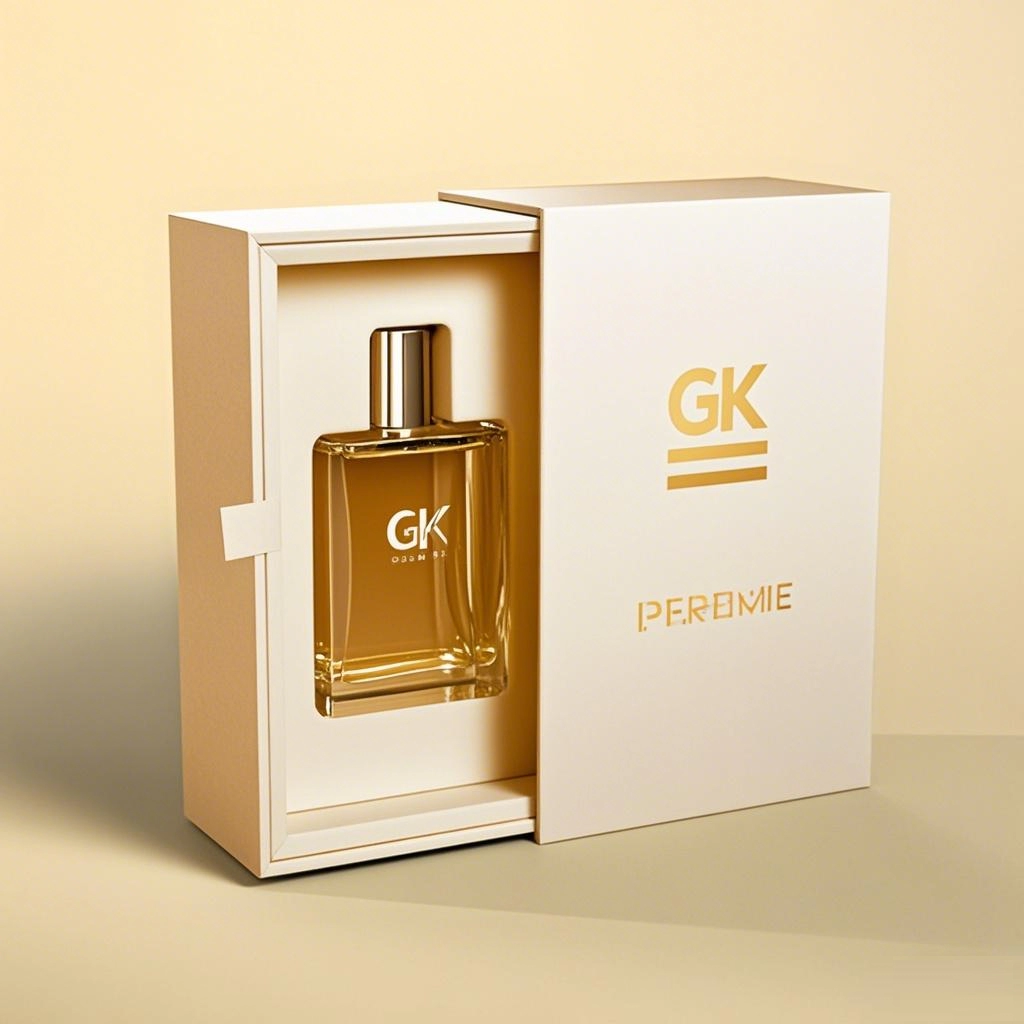
Custom Inserts
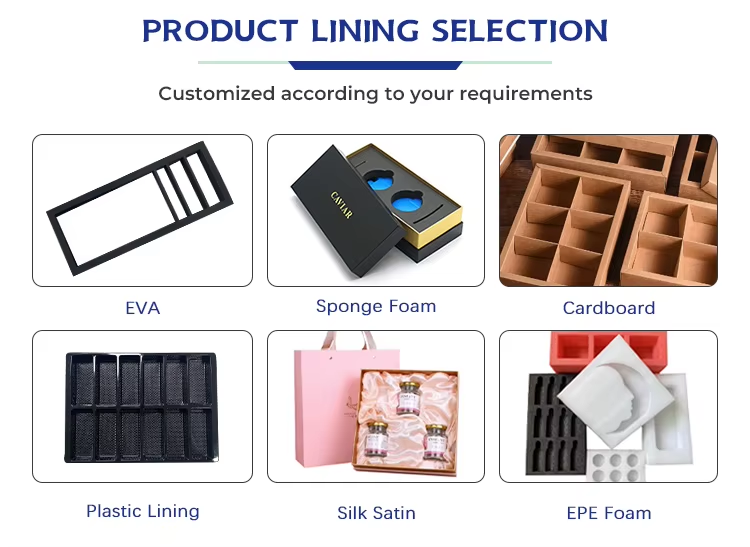
Shipping delicate products can feel like a high-stakes challenge. Every jolt, every turn during transit could spell disaster for your valuable items. But fret not—you’re not navigating this tricky terrain by yourself.
If you’re grappling with questions about the best packaging materials, the most secure packing methods, or how to ensure your fragile goods arrive intact, reach out to us. Send an email to sales01@hxcpc.cn, and our team of packaging experts will collaborate with you. We’ll design a tailor-made shipping plan that takes into account the unique characteristics of your products and the specific requirements of your business, guaranteeing peace of mind with every shipment.
Table of Contents
Latest Products
-
 Wechat
+8613616008761
Wechat
+8613616008761 -
 Email
Email
-
 Tel
+86-136-1600-8761
Tel
+86-136-1600-8761

 en
en es
es ru
ru fr
fr de
de it
it ja
ja ar
ar pt
pt ko
ko tr
tr nl
nl fi
fi